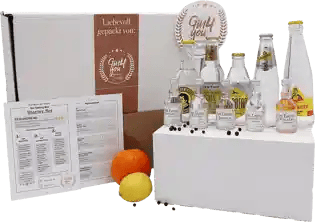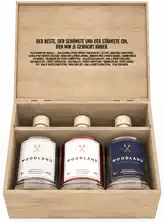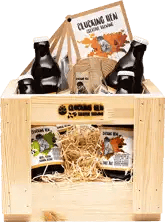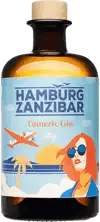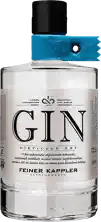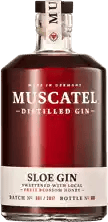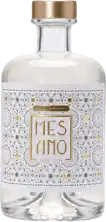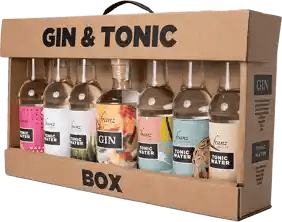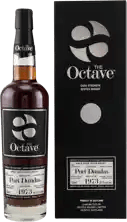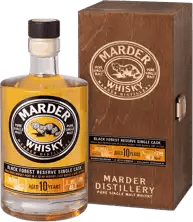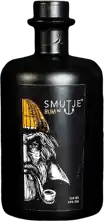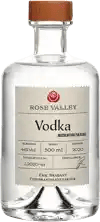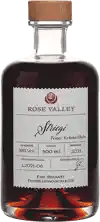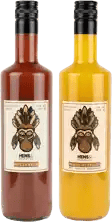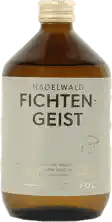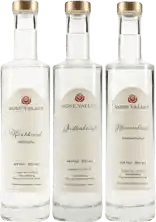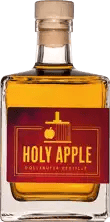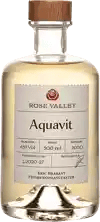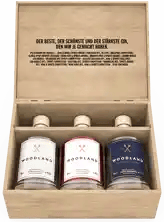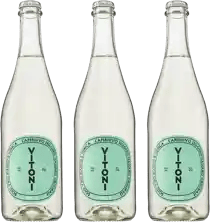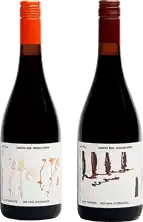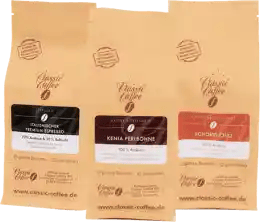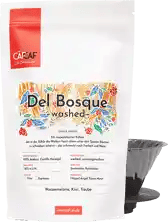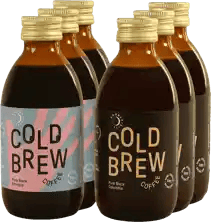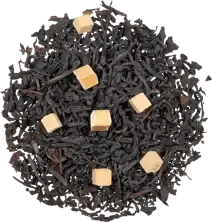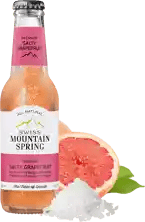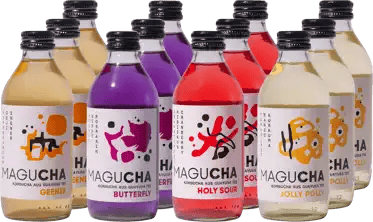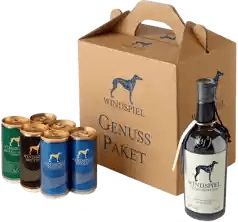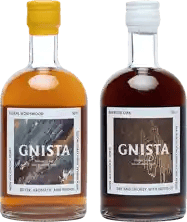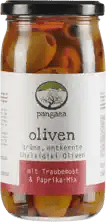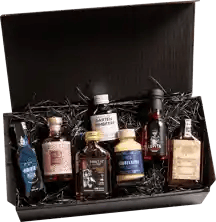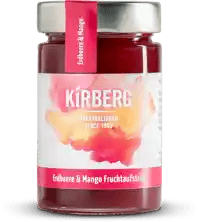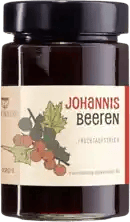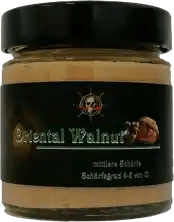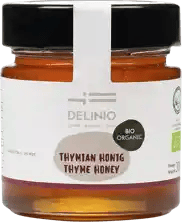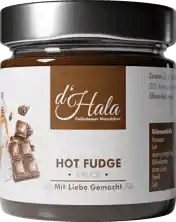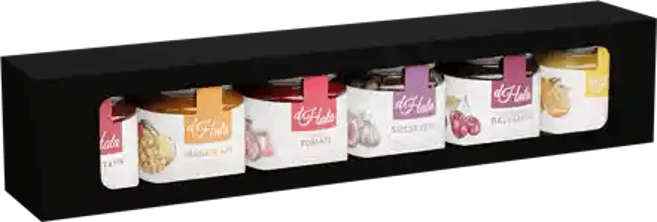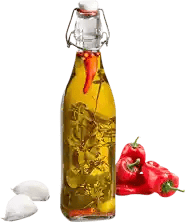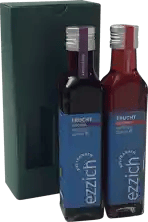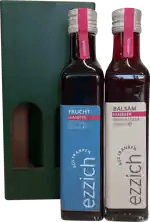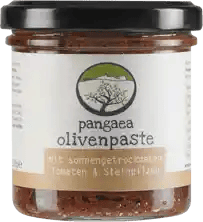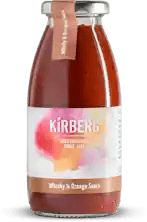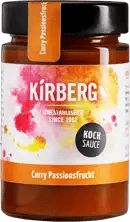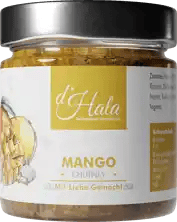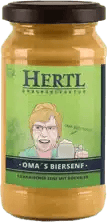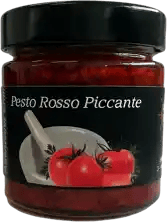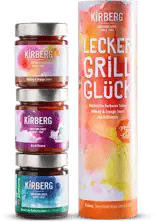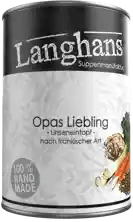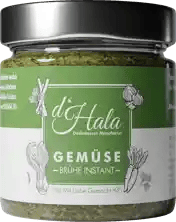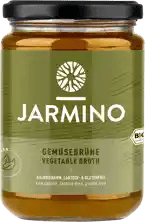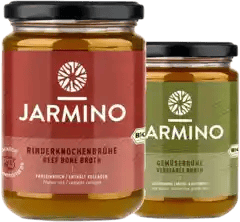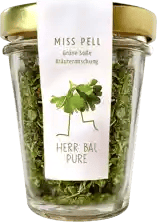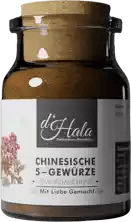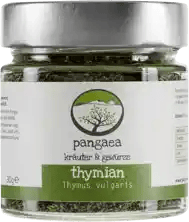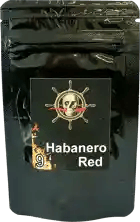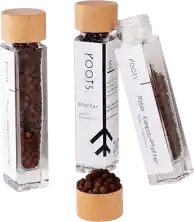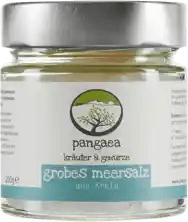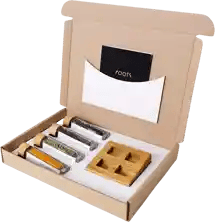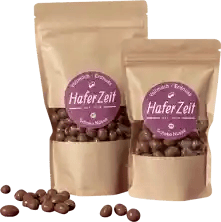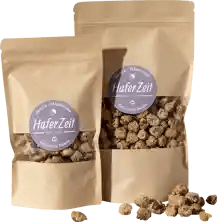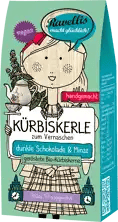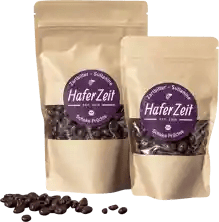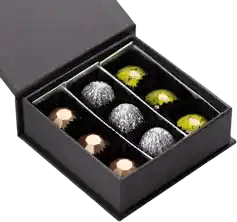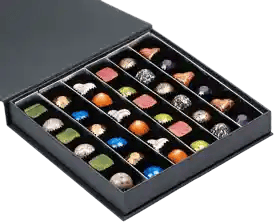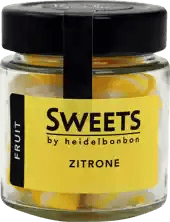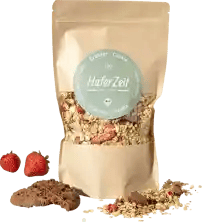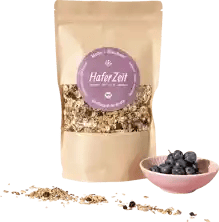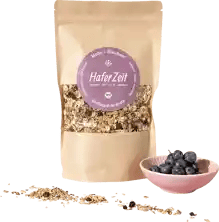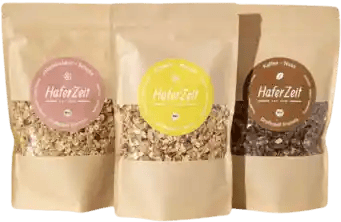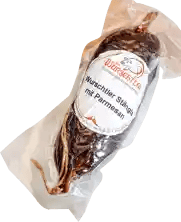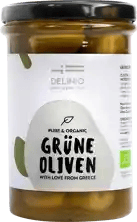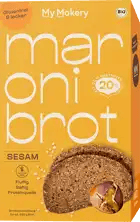Quality instead of quantity!
6,000 independent products
No mainstream
6.000 independent products
Craft Beer Shop
Craft beer has revitalized the beer scene in Germany and around the world. Ten years ago, the beer industry was still vegetating and an online craft beer store was unthinkable. Craft beer has brought this almost invisible industry back to life. This movement has also given rise to a completely new culture of enjoyment. It is only thanks to this development that our store can offer such a wide range of products. You can enjoy the whole variety and buy the very best craft beer. We support small, regional breweries with our marketplace. Your beer order will be delivered directly from the brewery. With our craft beer store, you have the greatest freshness guarantee.
Buy craft beer online in our store
The craft beer revolution began in the 1970s in the USA. Because people were fed up with the typical industrial beers such as Budweiser and Miller, they simply started brewing their own beer at home. If you like, this home brewing scene is the smallest form of the so-called craft breweries. Of course, improvisation is required when you use your kitchen or garage to brew your own beer. The main attraction for hobby brewers lies in creating their own recipes and trying out the variety of different brewing options.
The range of possibilities when brewing beer is immeasurable. The variety often only becomes apparent when you get to grips with what can be done with malt, hops and yeast. Thanks to craft beer, the list of possible ingredients has expanded considerably and we offer you a large selection here in the Craft Beer Online Shop, which you can buy online directly from small breweries.
This movement has also taken off in Germany. Today, we have an ever-growing home brewing scene in Germany. Beer enthusiasts brew their own beer: India Pale Ale, Pilsner, Helles, Märzen or even more sophisticated beers such as stouts. So the beer revolution has not only led to people drinking more craft beer, but also to them paying more attention to the raw materials.
In addition to the drinking itself, the interest in the product "beer" is probably the best side effect triggered by this movement. More and more consumers are interested in the exact raw materials and how the product was created. This can be seen not least in the fact that more and more craft beers include precise information about the malt and hop varieties on the label. Craft beer in Germany is therefore no longer just about drinking, but above all about being interested in what lies behind it. That's why we introduce you to all craft beer brewers in our store: You will not only find out more about the makers, but also all the information that is important if you want to buy craft beer. In addition to the type of malt and hops, this naturally includes the style, the IBU values (i.e. how bitter the beer is), which style it is and which aromas dominate in the beer.
The exciting thing about craft beer
That's exactly what's so exciting: the variety of recipes. In the past, almost everything was brewed according to the Purity Law. That means: water, malt, hops, yeast. Craft beer has brought a diversity to beer that every beer lover can only enjoy and they not only use more barley malt, but all kinds of different malts such as wheat, rye, spelt or even corn. Even more interesting than the germinated grain is the hop. While hops used to be hops, some hop varieties have now achieved celebrity status. Every craft beer fan is familiar with the hop varieties Spalter, Herkules, Nugget, Citra, Cascade and Simcoe. The fact that hops have become more prominent thanks to craft beer is also more than deserved. After all, hops are the defining flavoring agent in most beer styles. With some varieties, such as the popular India Pale Ale, beer fans pay almost exclusive attention to the list of hops used.
However, the craft beer movement in Germany has not only had an impact on our drinking habits and the increased interest in beer.
Craft beer has also shaken up the beer market as such. The increase in the number of breweries is particularly impressive. In 2008, the number was 1,328, but today it is around 1,550. Of course, this revolution has not bypassed the long-established breweries. The breweries that have been established for decades have taken the trend seriously and introduced their own beer specialties. For a few years now, supermarkets have not only been selling the well-known beers, 90% of which are Pils, but suddenly also a number of cellar beers, country beers or Zwickl, which are labeled "handcrafted" or "brewed using traditional brewing methods".
Some large breweries have even created secondary brands to cater to the trend. However, if you take a look behind the façade, it quickly becomes clear to everyone that these are not the craft breweries that the craft beer movement has brought with it.
More than 1000 new types of beer than 10 years ago
The extent to which craft beer has shaped the industry can also be seen in the number of beer styles. The German Brewers Association now counts 6,000 different types of beer. This is a whole 1,000 more than ten years ago. Despite this positive increase, which means more variety in the world of beer, classic Pilsner is still the most popular beer in Germany, accounting for just under 50%. However, the trend is decreasing. Even if we cannot (yet) offer 1000 types of beer for sale in our Craft Beer Shop, we are still working on expanding our range.
Craft beer has also triggered something remarkable among the target group in Germany. On the one hand, various market analyses show that many more women are interested in drinking craft beer, even though they don't normally drink beer at all. Another interesting aspect with regard to the target group is consumers' willingness to pay. People are generally willing to spend more money on craft beer. According to a survey from 2017, 40% of consumers are happy to pay more than €2.50 for a 0.33l bottle of craft beer. This is the opposite trend to pilsner, where people are always waiting for the next big discount promotion at the beer crate.
Frequently asked questions in the craft beer store
What is craft beer?
Craft beer is not clearly defined, which is why there are still problems of understanding and differences about what craft beer is exactly.
Often overlooked in the discussion, however, is the fact that there are a number of characteristics on which everyone agrees. Literally translating craft beer from English already provides the first good clue: craft-brewed beer.
First and foremost, it should therefore be understood as the opposite of industrial beer. A beer that doesn't come off the production line, but from people who put a lot of love and passion into it. This means that brewers and craft breweries are independent.
The makers of craft beer deliberately want to set themselves apart from the big brands. They are interested in variety, experimentation and creating something truly different. Craft beer brewers therefore like to label themselves "small batch". Anything to avoid being associated with the mainstream.
Craft beer is therefore artisan beer that is produced in small batches and deliberately wants to differentiate itself from industrial beers. If you break this definition down further, it contains the characteristics of originality and individuality. People who brew craft beer have the urge to create something original that does not yet exist in this form and you can order a unique selection right here in the craft beer online store. Individuality also plays a major role here. You want to give the beer your own personal touch. It's great when you've come up with a special recipe or landed a very special hop or a rare yeast. Individuality naturally also means that creativity plays a major role. This is why the young association Deutsche Kreativbrauer e.V. (German Creative Brewers Association) has named itself after itself. Creative is indeed the right name. The craft beer movement has produced varieties, recipes and brewing methods that nobody would have thought of some time ago. Perhaps this is why many people associate the term craft beer with attributes such as courage, experimentation, passion and special flavors and ingredients.
Last but not least, it also simply stands for quality. Because the beers have a face behind the product, so to speak, everyone wants only the best raw materials for their beer. The meticulous focus on ingredients often goes hand in hand with products that are produced in small quantities. And it's the same with craft beer. Incidentally, every hobby brewer can understand the desire to process only the best of the best. If you only brew 20 to 50 liters, then you are happy to invest a little more time and money in the selection of raw materials. After all, the result is a "small batch" in the spirit of craft beer. Not many bottles of beer, but a concentrated load of taste and quality.
What is ale?
When people think of craft beer, they often think directly of ale and especially India Pale Ale - or IPA for short. This may have something to do with the fact that the craft beer movement originated in the USA and Americans love Pale Ale and India Pale Ale. Even today, most ales and IPAs are brewed in the USA and the UK.
Ale is nothing other than a top-fermented beer. Top-fermented means that it is fermented at temperatures of 15 to 25°C. This means that ale can be brewed quite easily under normal household conditions. Many hobby and home brewers therefore brew ales because the temperatures at home are perfect for this. Bottom-fermented beers, on the other hand, require temperatures of 4 to 10°C during fermentation. At higher temperatures, the yeast would not "work" and would die. Classic bottom-fermented beers are pilsner, lager or pale ale, which you can buy cheaply online here in the craft beer online store, just like ale.
Ale is therefore often used as a synonym for beer in English-speaking countries. As a connoisseur, however, it is easy to score points with the knowledge that beer means all beers, and ale is specifically a top-fermented beer.
What is India Pale Ale (IPA)?
Pale ales are generally more strongly hopped beers that are brewed with pale malts. The malt used can be barley, rye, wheat or other types of malt. There are many different varieties, for example American Pale Ale, Burton Pale Ale, Strong Pale Ale or IPA. India Pale Ale in particular has become quite famous. IPAs are stronger brewed beers. They are very strong, have a strong body and a higher alcohol content than, for example, the pilsner popular in Germany. They are also very strongly hopped. Depending on the hops used, this gives the beer a distinct bitter note. This is achieved by adding so-called bitter hops. However, many India Pale Ales are also brewed with aroma hops. These have more complex aromas and give the beer a special taste. Many IPAs, for example, have a strong fruity note, which is mainly caused by the aroma hops.
Specifically, IPAs often have an alcohol content of 6 to 9 % vol., an original gravity of 15 to 20 °P (original gravity reflects the strength of the beer body; the lower, the leaner) and a hop bitterness from 35 IBU (International Bitter Units). As a rule, "normal" IPAs go up to 60 or 70 IBU. However, there are also India Pale Ales with IBU values of over 100. It should not be forgotten, however, that IPAs often have very fruity notes - often of citrus fruits or passion fruit.
Incidentally, IPA has its origins in 18th century Great Britain. In times of colonization, the British needed a beer that would not go bad even after months and survive the long sea voyages to India. Stronger beers were therefore brewed and India Pale Ale was created. Both the higher alcohol content and the bitter substances in the hops have a preservative effect. Once at its destination, the IPA was supposedly mixed with water to dilute it and make it a less strong ale.
Brilliant!

Bitte bestätige deine Anmeldung noch eben - du hast eine Bestätigungsmail von uns. Klicke darin auf den Link. Danach bekommst du deinen Rabattgutschein.

